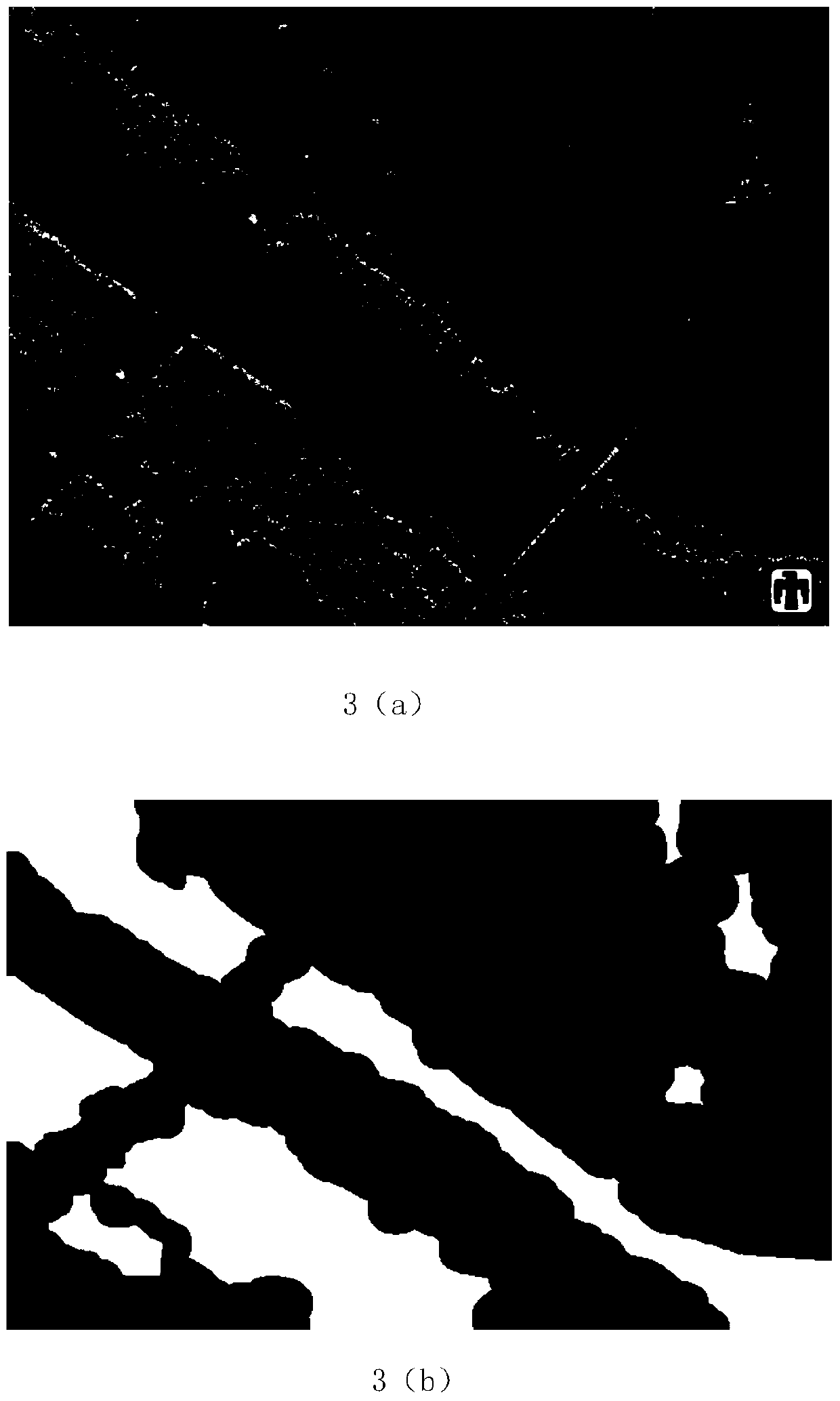SAR Image Segmentation Method Based on Deconvolution Network and Adaptive Inference Network
A deconvolution network and self-adaptive technology, applied in the field of image processing, can solve problems such as performance bottlenecks, laboriousness, and inability to better learn image structural features, and achieve strong adaptability, improved performance, and accurate image features automatically extracted Effect
- Summary
- Abstract
- Description
- Claims
- Application Information
AI Technical Summary
Problems solved by technology
Method used
Image
Examples
Embodiment Construction
[0032] The present invention will be further described below in conjunction with the accompanying drawings.
[0033] Refer to attached figure 1 , the concrete steps of the present invention are as follows.
[0034] Step 1, sketch the synthetic aperture radar SAR image.
[0035] Input the synthetic aperture radar SAR image, sketch it, and get the sketch map of the synthetic aperture radar SAR image.
[0036] The synthetic aperture radar SAR image sketch model used in the present invention is published in the article "Local maximalhomogenous region search for SAR speckle reduction with sketch-basedgeometrical kernel function" in IEEETransactions on Geoscience and Remote Sensing magazine by Jie-Wu et al. The proposed model, the steps of sketching the synthetic aperture radar SAR image are as follows:
[0037] (1.1) Construct edge and line templates with different directions and scales, and use the direction and scale information of the templates to construct an anisotropic Gau...
PUM
 Login to View More
Login to View More Abstract
Description
Claims
Application Information
 Login to View More
Login to View More - R&D
- Intellectual Property
- Life Sciences
- Materials
- Tech Scout
- Unparalleled Data Quality
- Higher Quality Content
- 60% Fewer Hallucinations
Browse by: Latest US Patents, China's latest patents, Technical Efficacy Thesaurus, Application Domain, Technology Topic, Popular Technical Reports.
© 2025 PatSnap. All rights reserved.Legal|Privacy policy|Modern Slavery Act Transparency Statement|Sitemap|About US| Contact US: help@patsnap.com



